Home>Gardening & Outdoor>Outdoor Recreation & Activities>What Muscles Does A Trampoline Work
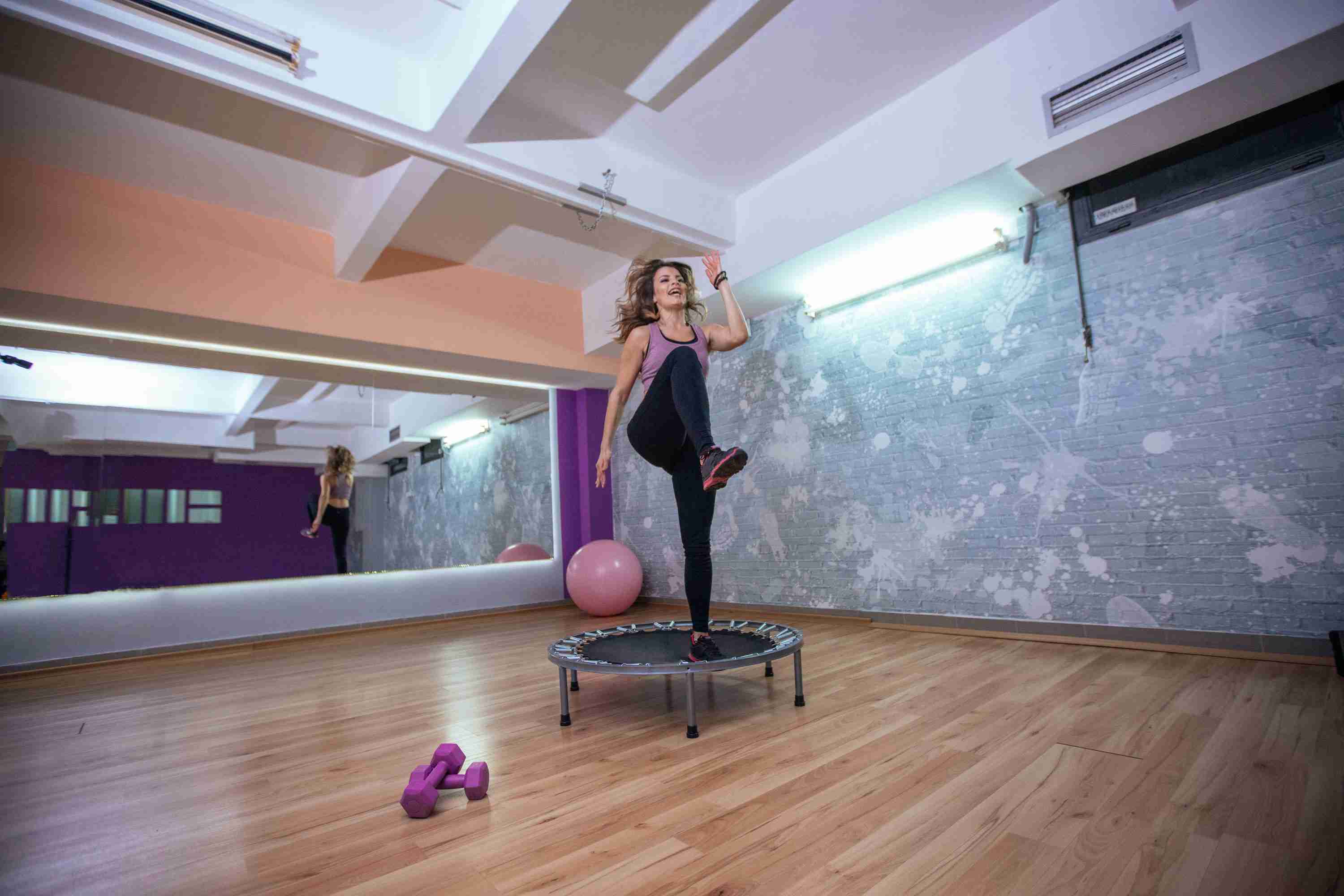

Outdoor Recreation & Activities
What Muscles Does A Trampoline Work
Modified: January 4, 2024
Discover the muscles worked by trampoline exercises and the benefits of this fun outdoor activity. Learn how trampolining can enhance your outdoor recreation and activities.
(Many of the links in this article redirect to a specific reviewed product. Your purchase of these products through affiliate links helps to generate commission for Storables.com, at no extra cost. Learn more)
Introduction
Have you ever bounced on a trampoline and felt the exhilarating rush as you soared through the air? Trampolines are not only a source of pure fun and entertainment but also a fantastic way to get a full-body workout. The sheer joy of bouncing up and down on a trampoline can make it easy to forget that you are engaging in a highly effective form of exercise.
Trampoline workouts have gained popularity for good reason. They offer a low-impact, high-energy way to enhance cardiovascular fitness, improve balance and coordination, and strengthen muscles throughout the body. Whether you are a fitness enthusiast looking for a new and enjoyable way to stay in shape or a parent seeking an engaging activity for your children, trampolining provides a host of physical and mental health benefits.
In this article, we will delve into the world of trampoline exercise and explore the specific muscles that are engaged during this dynamic and invigorating activity. Understanding the muscle groups involved in trampolining can provide valuable insights into the comprehensive nature of this workout and how it contributes to overall physical fitness. So, let's bounce into the realm of trampoline exercise and uncover the incredible benefits it offers for the body and mind.
Key Takeaways:
- Bouncing on a trampoline works your core, lower body, and upper body muscles, giving you a full-body workout that’s fun and effective for improving strength, balance, and coordination.
- Trampoline exercise offers a low-impact, joint-friendly way to boost cardiovascular fitness, tone muscles, and enhance overall well-being, making it a great option for people of all ages and fitness levels.
Read more: How Does A Trampoline Work?
Benefits of Trampoline Exercise
Trampoline exercise offers a plethora of health benefits that cater to individuals of all ages and fitness levels. The unique combination of cardiovascular, strength, and balance training makes trampolining a highly effective workout. Here are some of the key benefits of engaging in trampoline exercise:
- Cardiovascular Fitness: Bouncing on a trampoline elevates the heart rate, providing a stimulating cardiovascular workout. This helps improve cardiovascular health, increase stamina, and enhance overall endurance.
- Low-Impact Workout: Unlike high-impact activities such as running, trampolining reduces the impact on joints, making it gentler on the body while still offering an intense workout. This makes it an ideal exercise for individuals with joint sensitivity or those recovering from injuries.
- Full-Body Workout: Trampolining engages multiple muscle groups simultaneously, offering a comprehensive full-body workout. This results in improved muscle tone, strength, and overall body conditioning.
- Improved Balance and Coordination: The act of balancing and stabilizing on a trampoline surface enhances coordination and proprioception, which can have positive effects on overall balance and spatial awareness.
- Enhanced Lymphatic Circulation: The up-and-down motion of rebounding on a trampoline stimulates the lymphatic system, aiding in the removal of toxins and waste products from the body, thus supporting immune function and overall detoxification.
- Mood Enhancement: Trampoline exercise triggers the release of endorphins, the body’s natural feel-good hormones, promoting a sense of well-being and reducing stress levels. This can have a positive impact on mental health and overall mood.
- Fun and Enjoyable: Unlike traditional workouts, trampolining is a fun and enjoyable activity that can motivate individuals to stay consistent with their exercise routine, making it easier to adhere to a regular fitness regimen.
- Accessible for All Ages: Trampolining is a versatile exercise option suitable for both children and adults, making it a family-friendly activity that encourages active participation and bonding.
By incorporating trampoline exercise into your fitness routine, you can experience a wide range of physical and mental health benefits while enjoying a dynamic and engaging workout that adds an element of excitement to your daily exercise regimen.
Muscles Worked on a Trampoline
Trampoline exercise engages a diverse array of muscles throughout the body, making it an excellent choice for achieving overall muscular strength, endurance, and toning. The dynamic movements and balance challenges presented by trampolining require coordinated efforts from various muscle groups, resulting in a comprehensive full-body workout. Let’s explore the specific muscles that come into play during a trampoline session:
When bouncing on a trampoline, the entire body is involved in the rhythmic up-and-down motion, which activates numerous muscles to stabilize and propel the body through the air. The primary muscle groups worked on a trampoline can be categorized into three main areas: core muscles, lower body muscles, and upper body muscles.
Understanding the specific muscles targeted during trampoline exercise can provide valuable insights into the holistic nature of this workout and how it contributes to overall physical fitness.
Core Muscles
Trampoline exercise is particularly effective at engaging the core muscles, which play a crucial role in providing stability, balance, and power during dynamic movements. The core encompasses a complex network of muscles that extend beyond the abdominal region, including the rectus abdominis, obliques, transverse abdominis, and erector spinae. These muscles work in harmony to support the spine, pelvis, and kinetic chain, facilitating controlled and efficient movement patterns.
When bouncing on a trampoline, the core muscles are constantly activated to maintain posture, stabilize the body, and control the bouncing motion. The rhythmic contraction and relaxation of the core muscles during trampolining contribute to improved core strength, endurance, and overall stability. Additionally, the act of engaging the core muscles while rebounding on a trampoline can help promote better posture and spinal alignment, reducing the risk of back discomfort and injury.
The dynamic nature of trampoline exercise, which involves twisting, turning, and balancing movements, further challenges the core muscles, leading to enhanced coordination and proprioception. As a result, trampolining not only strengthens the core muscles but also fosters greater functional fitness, making everyday movements more efficient and controlled.
By targeting the core muscles, trampoline exercise offers a comprehensive approach to developing a strong and resilient midsection, which is essential for overall physical performance and injury prevention. The engaging and dynamic nature of trampolining makes it an enjoyable way to enhance core strength and stability, contributing to a well-rounded and effective workout for the entire body.
Trampolining works muscles in the legs, core, and even the arms. It’s a great way to improve strength, balance, and coordination. Vary your jumps to target different muscle groups.
Lower Body Muscles
Trampoline exercise actively involves a multitude of lower body muscles, encompassing the thighs, hips, and calves, to support the bouncing and landing movements. The repetitive action of pushing off the trampoline surface and absorbing the impact upon landing engages the lower body in a dynamic and challenging manner, leading to enhanced muscular strength, power, and endurance.
Key lower body muscles engaged during trampoline exercise include the quadriceps, hamstrings, glutes, and calves. These muscles work synergistically to generate propulsive force during the upward phase of the bounce and provide stability and shock absorption upon landing. The quadriceps, located at the front of the thighs, play a primary role in extending the knee joint during the upward push-off phase, while the hamstrings, situated at the back of the thighs, assist in knee flexion and hip extension.
Furthermore, the gluteal muscles, comprising the gluteus maximus, medius, and minimus, contribute to hip extension and provide stability during the bouncing and landing phases. Engaging the glutes on a trampoline can help improve overall lower body strength, power, and functional movement patterns. Additionally, the calf muscles, including the gastrocnemius and soleus, play a vital role in plantar flexion of the ankle, aiding in the propulsion and absorption of force during trampoline exercise.
Trampolining challenges the lower body muscles through a combination of concentric and eccentric contractions, as the muscles contract to generate force during the upward bounce and lengthen to control the landing and absorb impact. This dynamic muscle engagement contributes to improved lower body strength, muscular endurance, and overall lower body conditioning.
By targeting the lower body muscles, trampoline exercise offers an effective way to enhance lower body strength, power, and stability while promoting functional movement patterns essential for various physical activities. The dynamic and rhythmic nature of trampolining makes it an engaging and impactful workout for the lower body, contributing to overall muscular development and physical fitness.
Read more: What Is A Trampoline
Upper Body Muscles
While trampoline exercise predominantly emphasizes lower body engagement, the upper body muscles also play a significant role in stabilizing and coordinating movements during bouncing and performing certain trampoline exercises. Although the primary propulsion and impact absorption occur through the lower body, the upper body muscles contribute to overall body control, coordination, and posture while rebounding on a trampoline.
Key upper body muscles involved in trampoline exercise include the muscles of the shoulders, chest, back, and arms. These muscles are activated to varying degrees depending on the specific movements and exercises performed on the trampoline. For example, when engaging in exercises that incorporate arm movements, such as arm circles, overhead reaches, or push-ups, the muscles of the arms, shoulders, and chest are actively recruited to execute these movements while maintaining balance and stability.
Additionally, the muscles of the back, including the latissimus dorsi, trapezius, and rhomboids, contribute to postural support and stabilization during trampoline exercise, especially when performing movements that involve twisting, turning, or reaching. These muscles assist in maintaining proper spinal alignment and shoulder stability, enhancing overall body control and coordination.
While the upper body muscles may not be the primary drivers of propulsion and force production during trampolining, they play a crucial role in supporting the body’s overall stability, posture, and coordination. Engaging the upper body muscles during trampoline exercise can contribute to improved muscular endurance, functional movement patterns, and overall body awareness.
Furthermore, incorporating upper body movements and exercises into trampoline workouts can provide a comprehensive approach to engaging the entire body, promoting balanced muscular development, and enhancing overall physical fitness. By integrating upper body engagement into trampoline exercise routines, individuals can experience a holistic and dynamic workout that targets multiple muscle groups while fostering coordination and control.
Conclusion
Trampoline exercise offers a multifaceted approach to physical fitness, engaging a wide range of muscles throughout the body while providing numerous health benefits. From enhancing cardiovascular fitness and improving balance to strengthening core muscles and promoting full-body conditioning, trampolining serves as a dynamic and enjoyable form of exercise suitable for individuals of all ages and fitness levels.
By understanding the specific muscles worked during trampoline exercise, individuals can gain insight into the comprehensive nature of this workout and its impact on overall muscular strength, endurance, and coordination. The rhythmic bouncing and dynamic movements associated with trampolining engage the core, lower body, and upper body muscles, resulting in a holistic full-body workout that contributes to improved physical performance and functional movement patterns.
Furthermore, the low-impact nature of trampoline exercise makes it an accessible and appealing option for individuals seeking a joint-friendly workout that still delivers a high-energy, calorie-burning experience. The engaging and enjoyable aspect of trampolining can also serve as a motivating factor for maintaining a consistent exercise regimen, making it easier to adhere to a regular fitness routine and stay committed to achieving fitness goals.
Whether used as a standalone workout or incorporated into a broader fitness program, trampoline exercise offers a unique and effective way to engage the body and mind, fostering a sense of enjoyment and accomplishment while reaping the benefits of a full-body workout. By harnessing the power of trampoline exercise, individuals can embark on a journey toward improved physical fitness, enhanced muscular strength, and overall well-being.
In conclusion, the combination of muscle engagement, cardiovascular benefits, and sheer enjoyment makes trampoline exercise a valuable addition to any fitness routine, providing a fun and invigorating way to stay active, healthy, and energized.
Frequently Asked Questions about What Muscles Does A Trampoline Work
Was this page helpful?
At Storables.com, we guarantee accurate and reliable information. Our content, validated by Expert Board Contributors, is crafted following stringent Editorial Policies. We're committed to providing you with well-researched, expert-backed insights for all your informational needs.
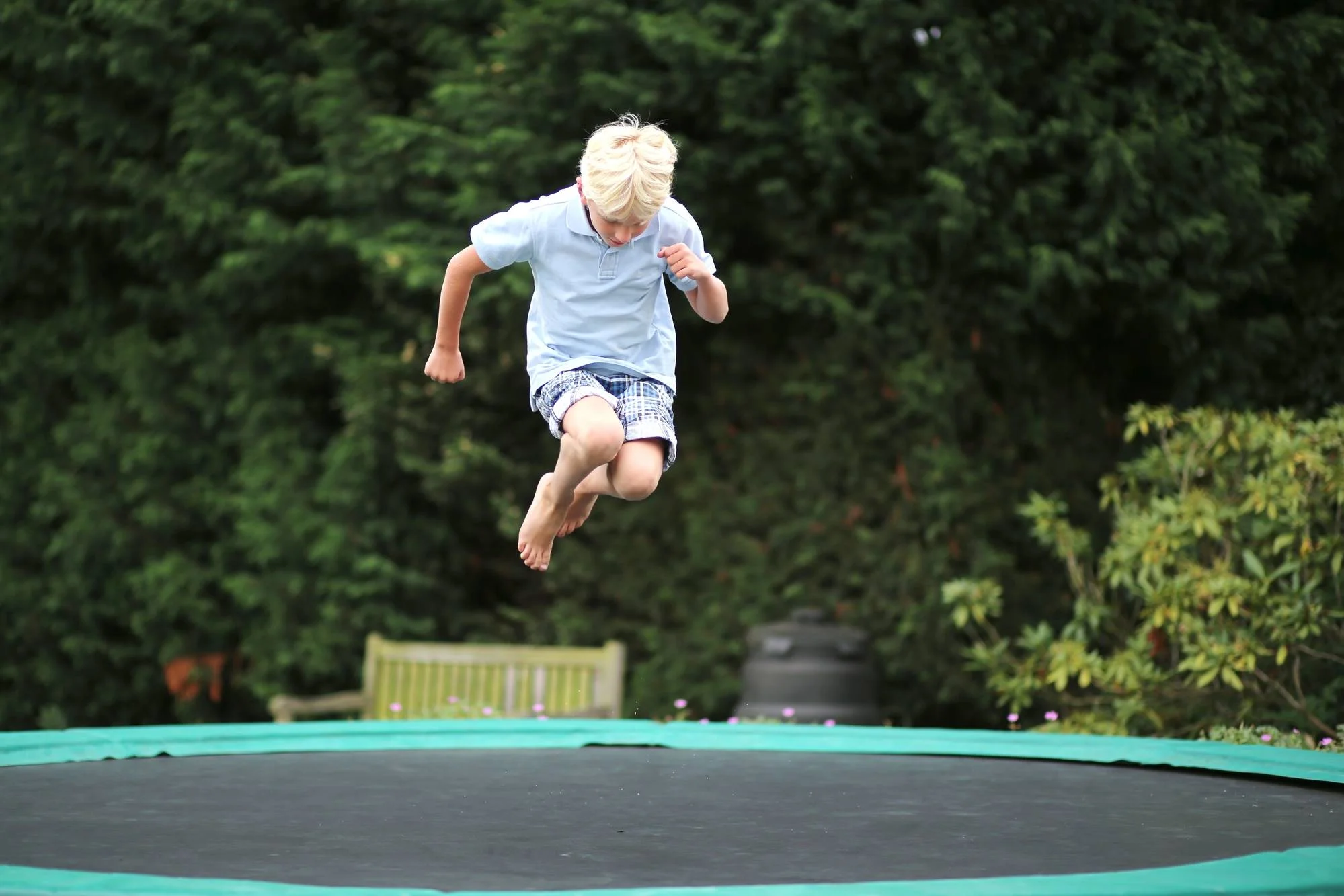
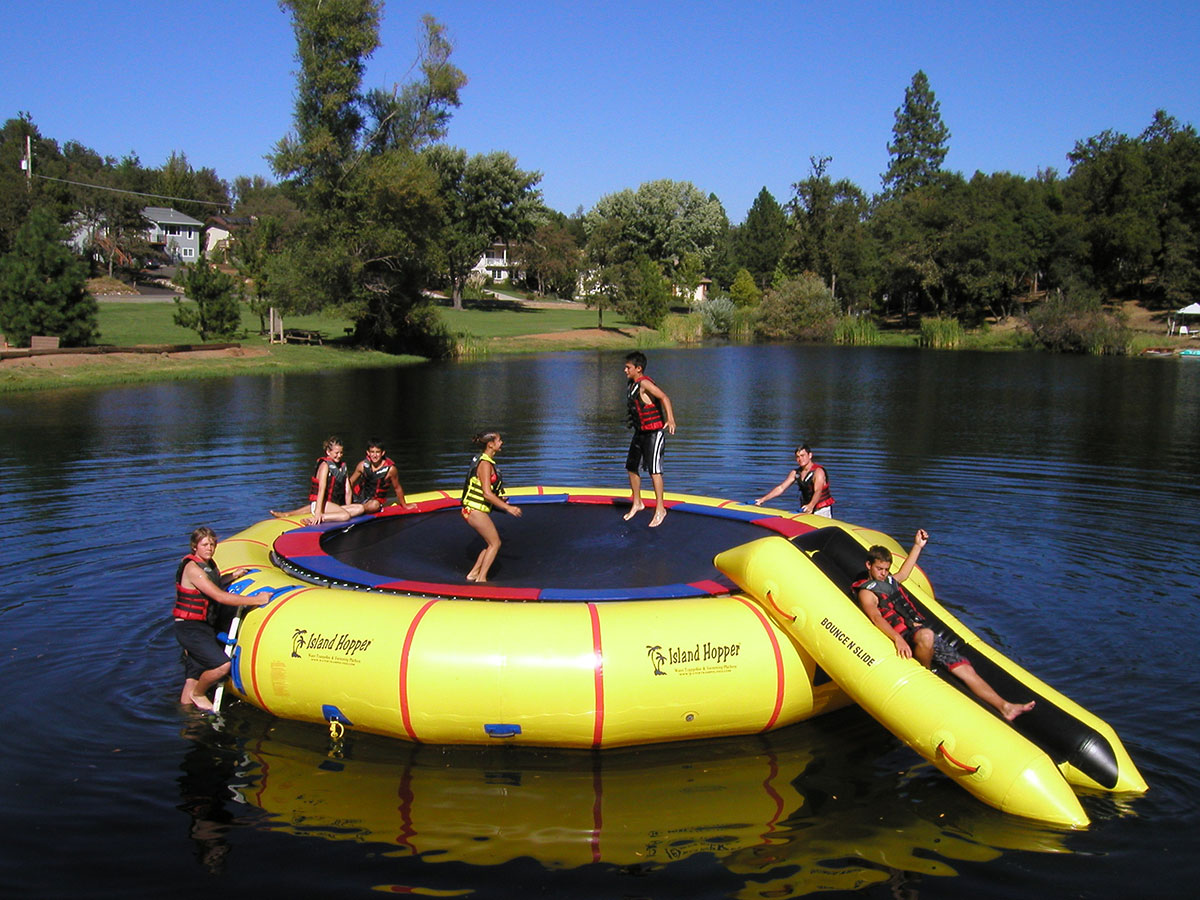

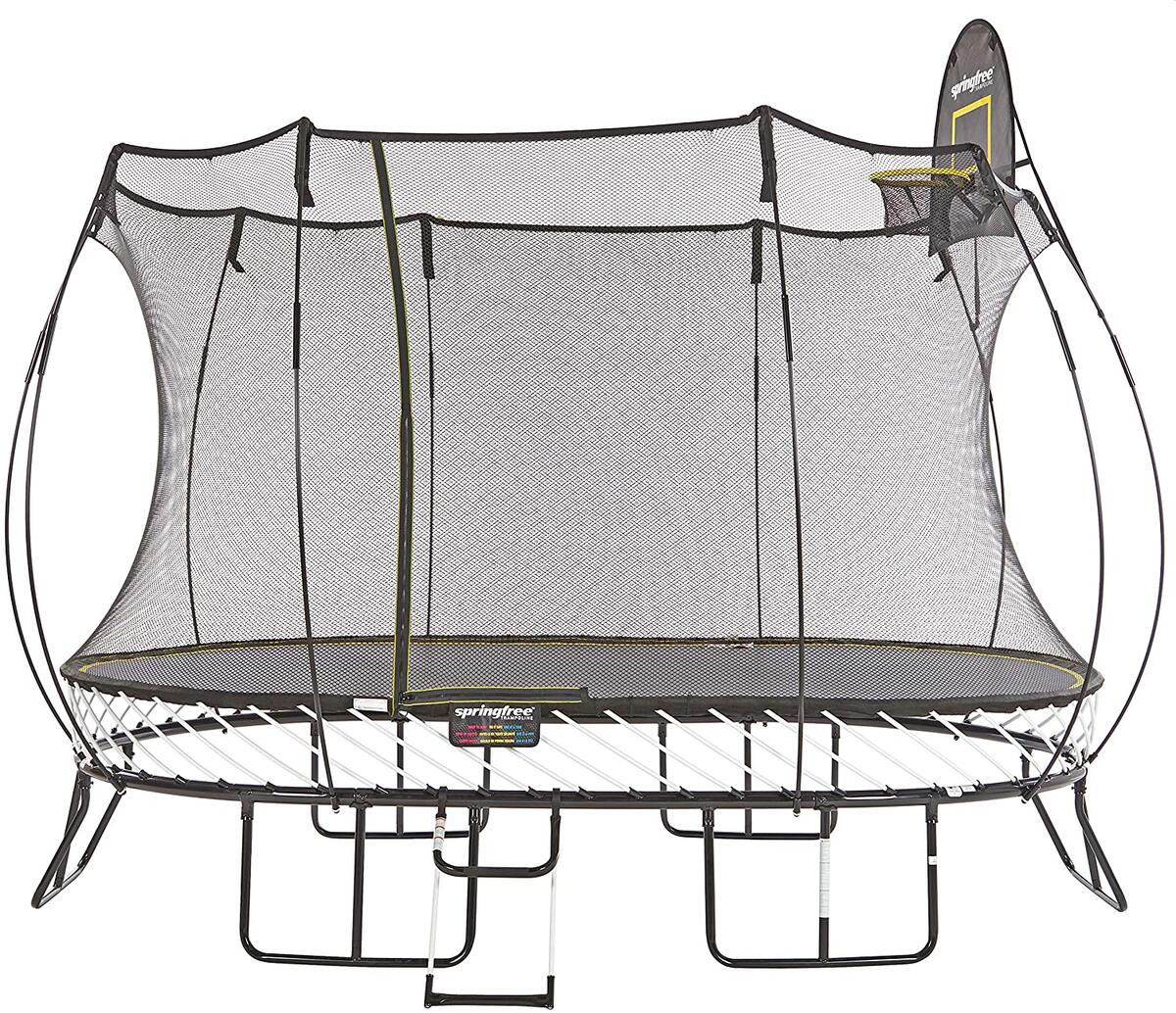
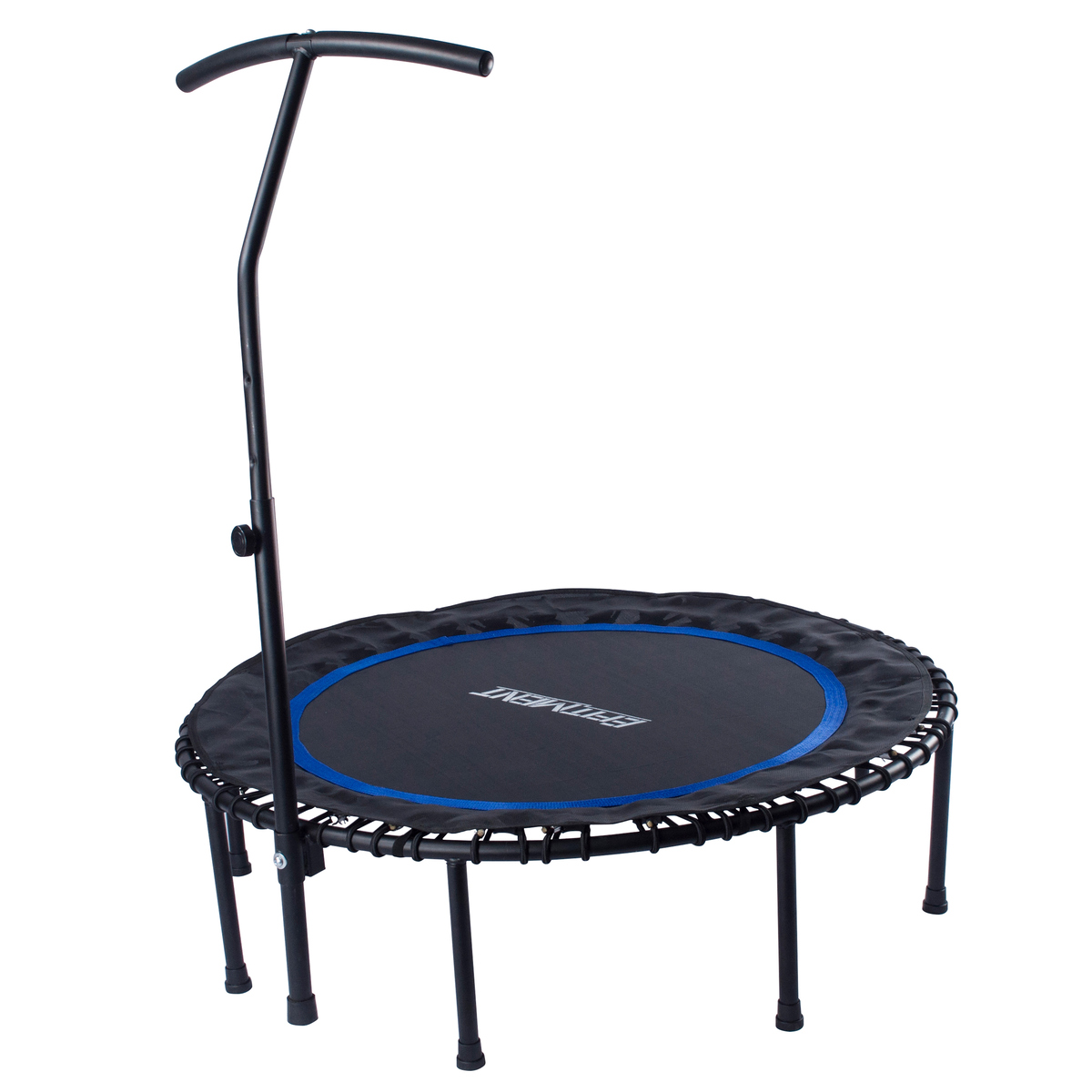
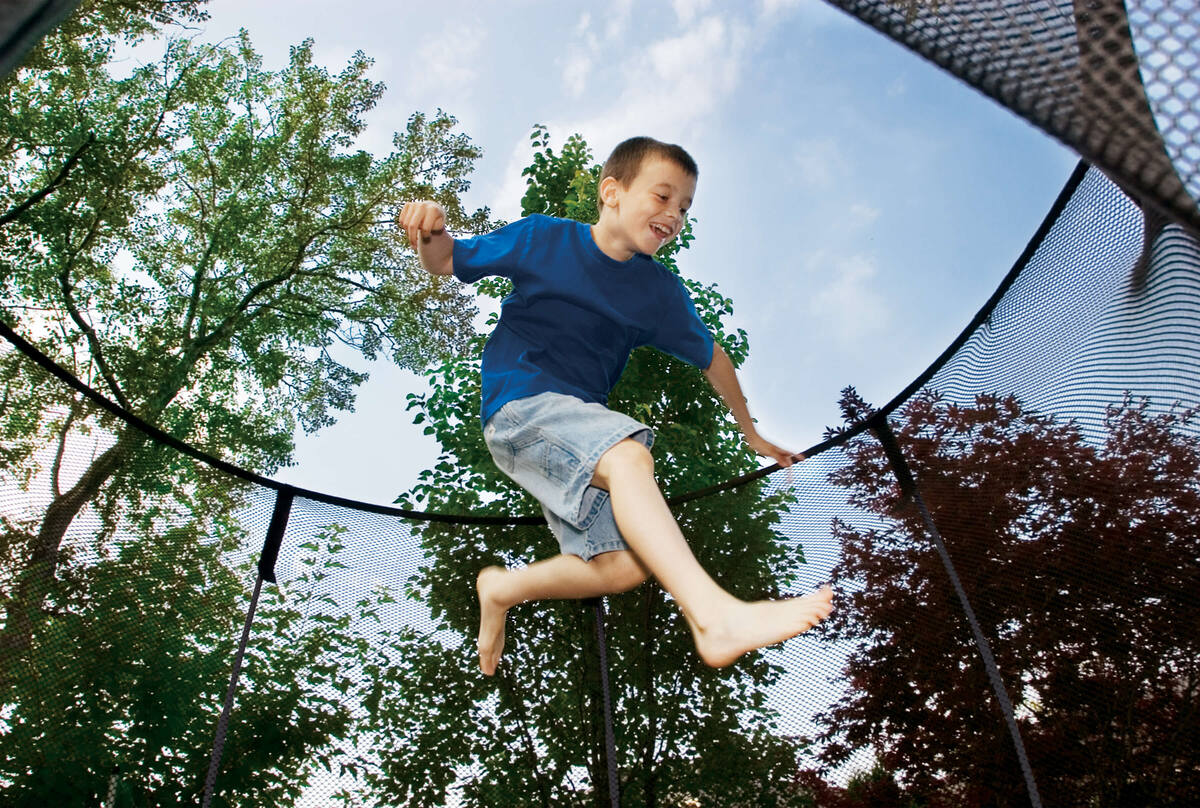


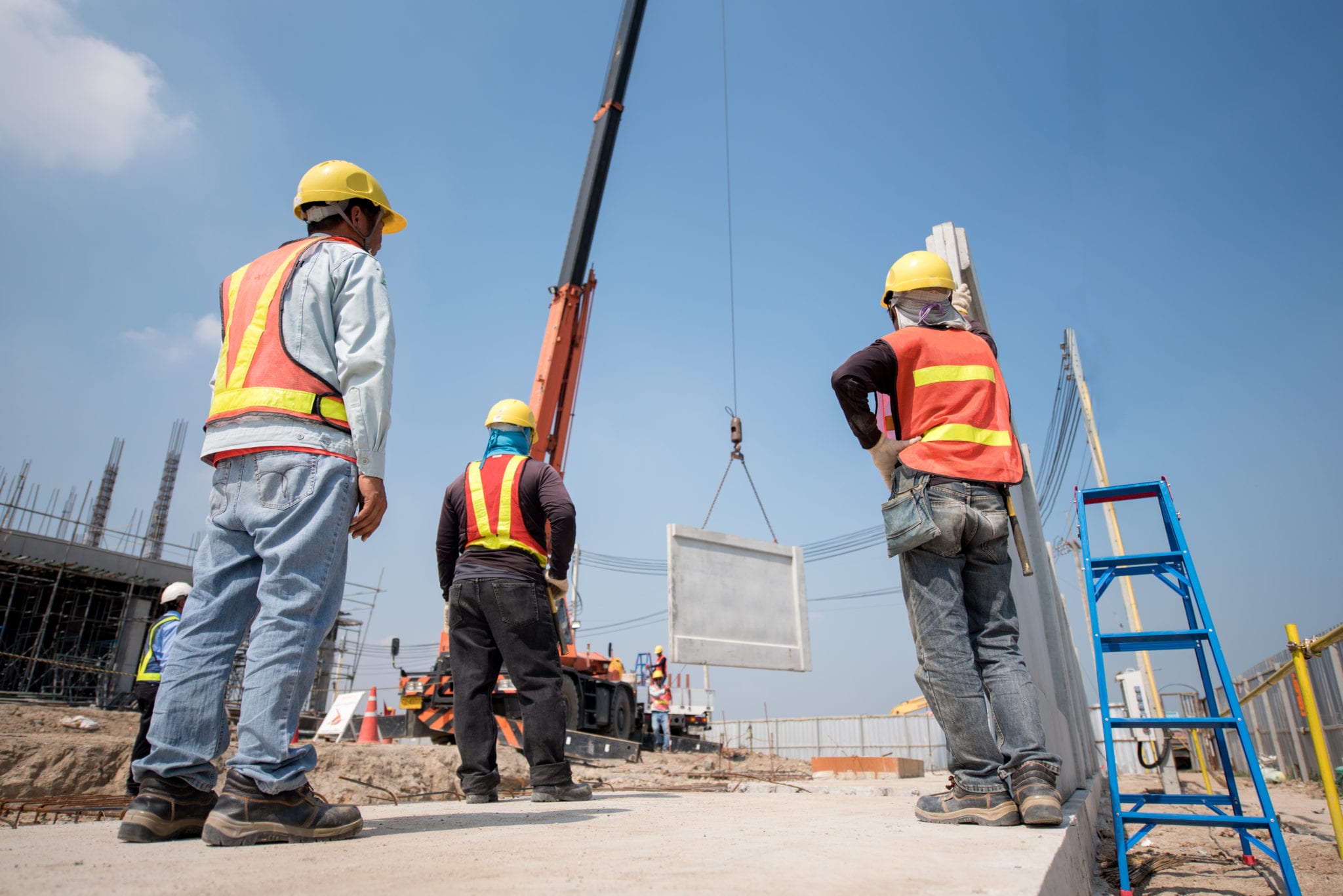
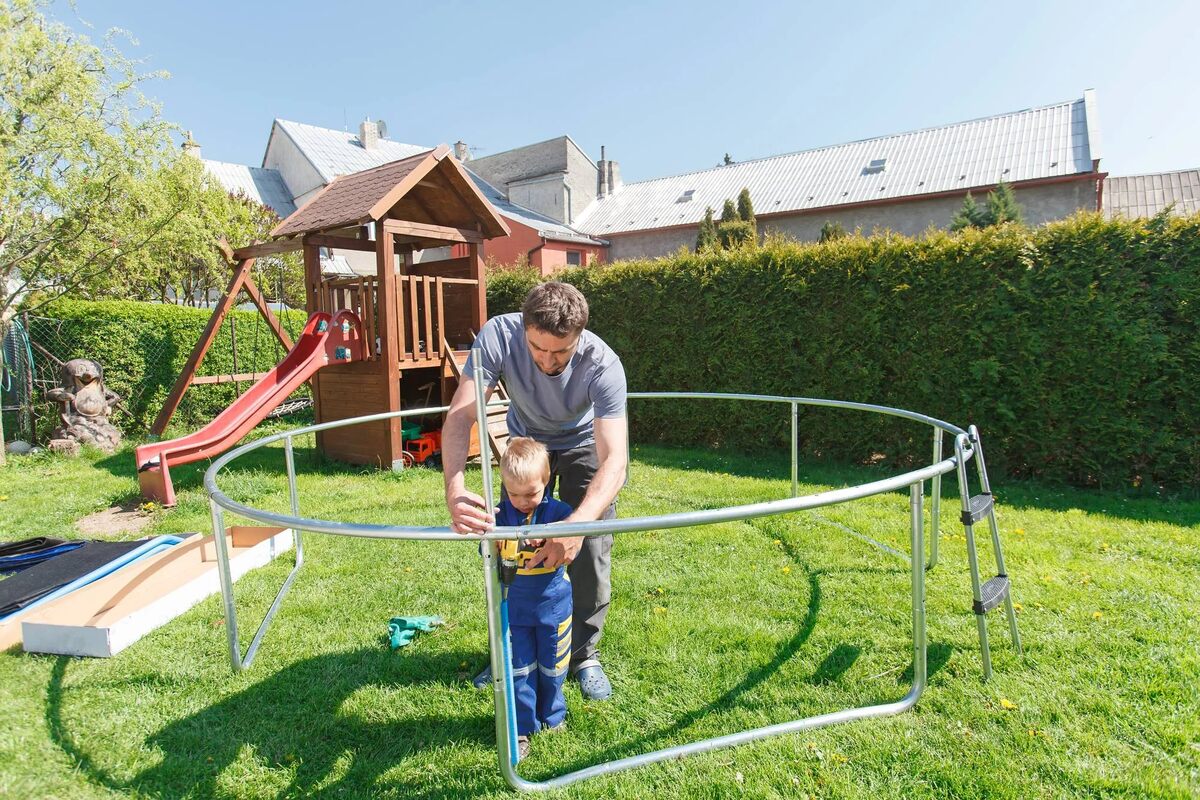
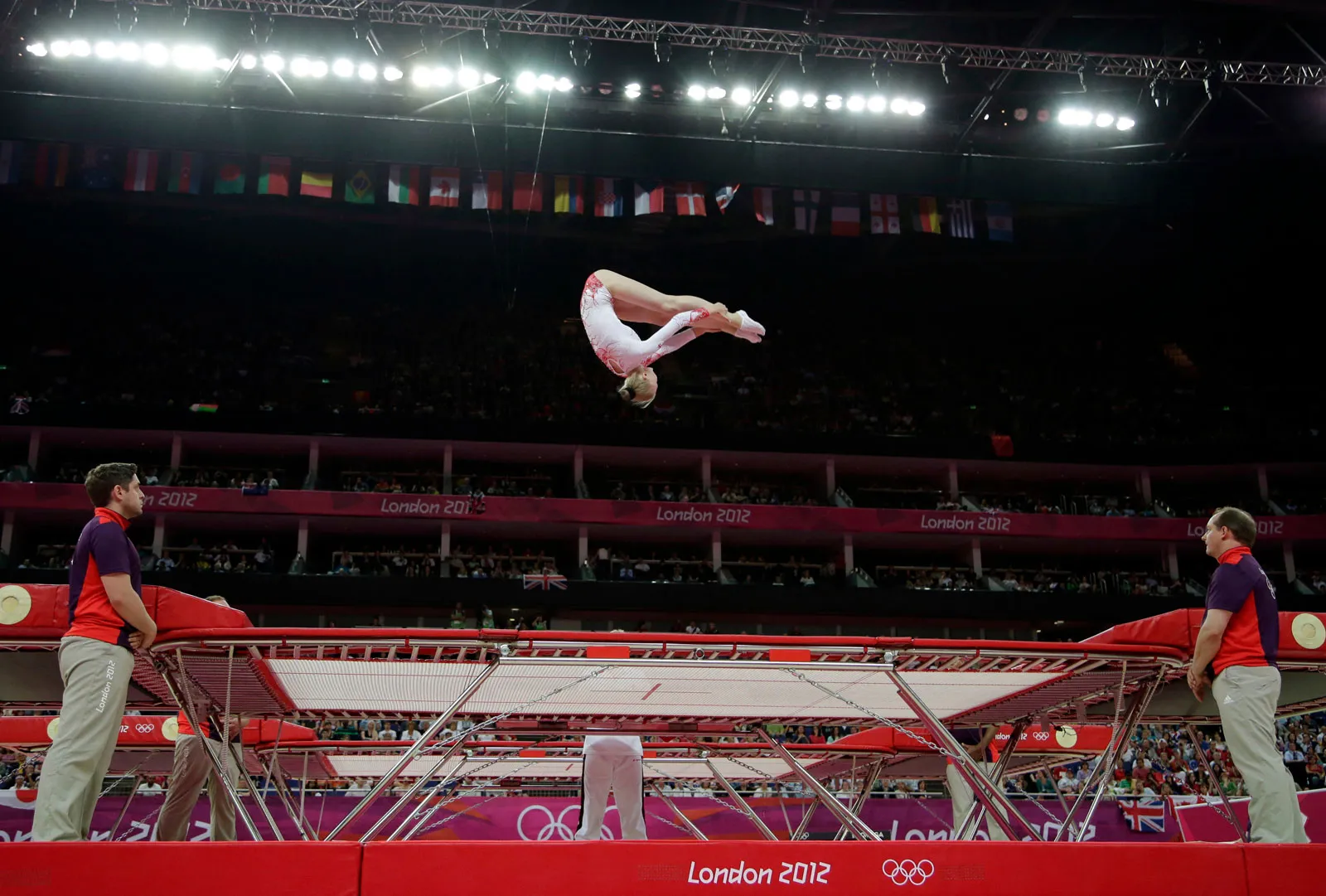
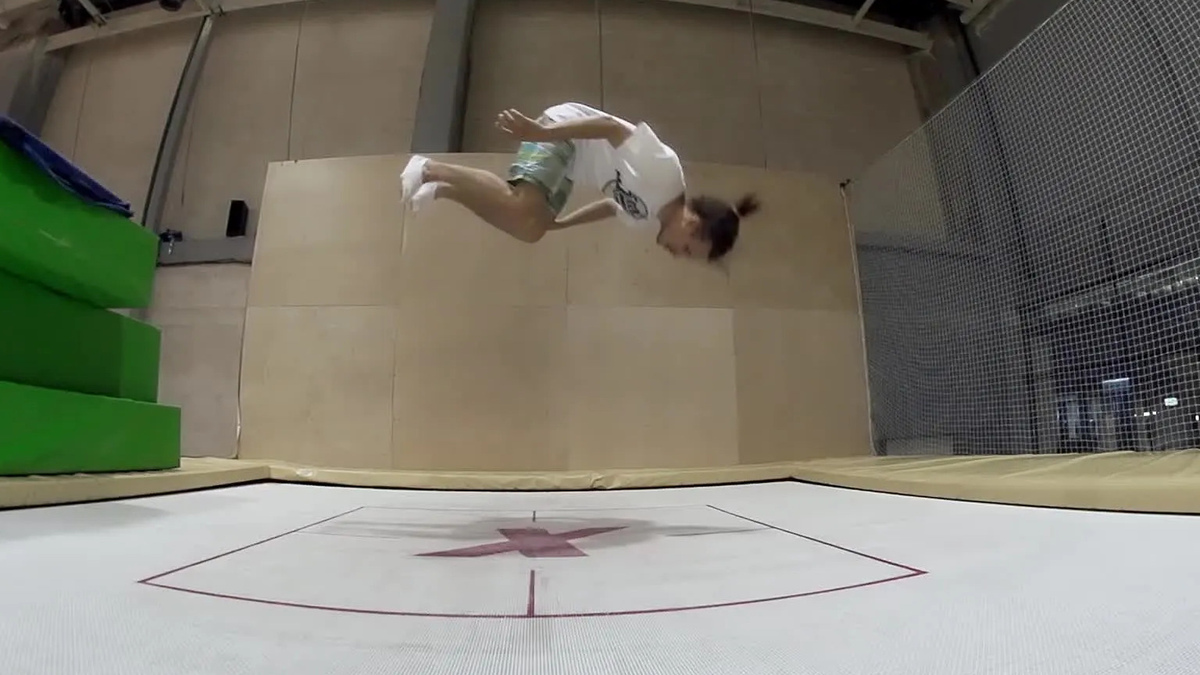
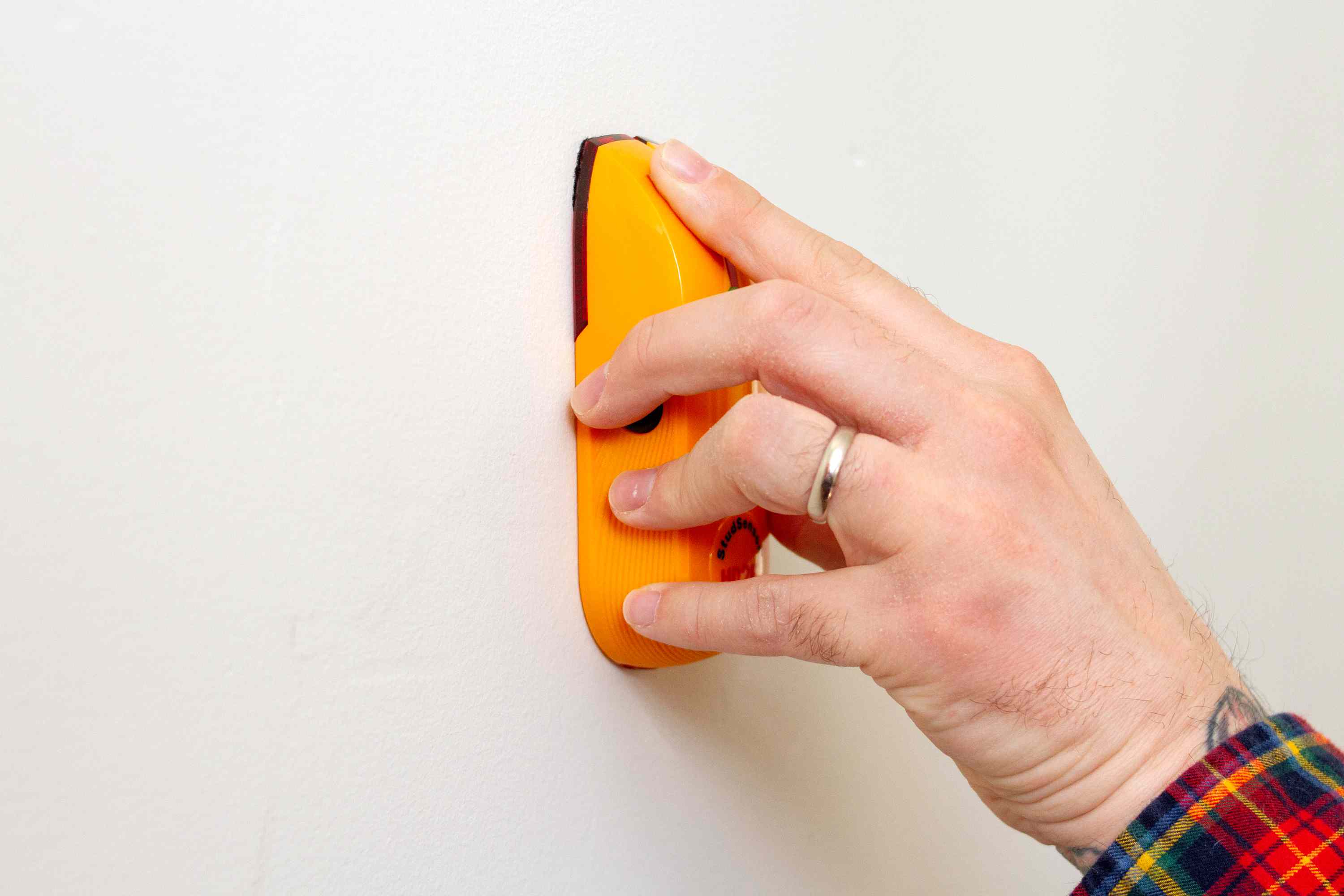


0 thoughts on “What Muscles Does A Trampoline Work”